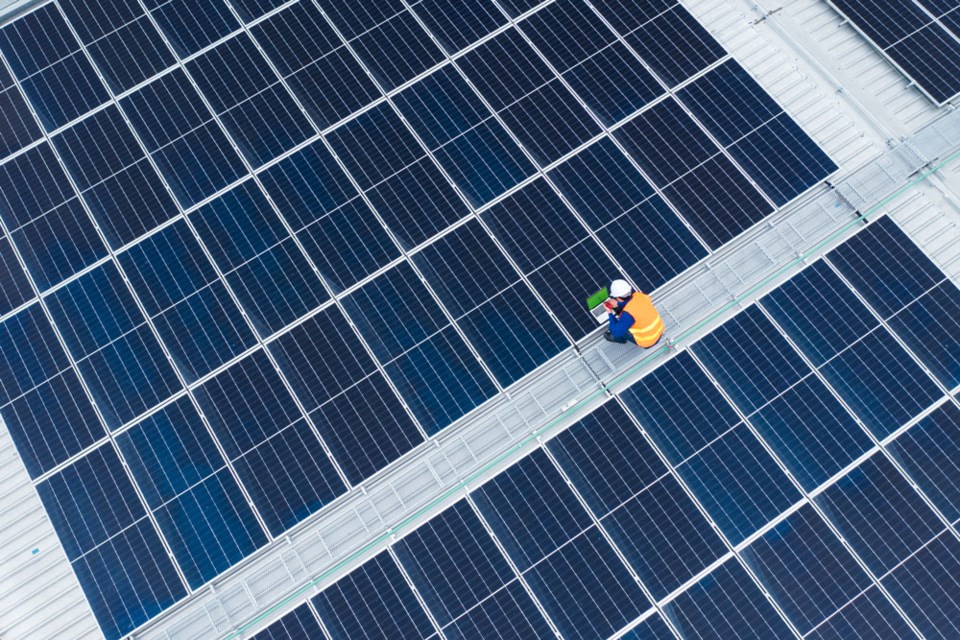Whether some people like it or not, the solar power facility that has been announced for Estevan is going to proceed.
SaskPower announced on Monday that Iyuhána Solar was awarded a 25-year independent power producer contract for the project – an important next step for the facility to proceed. Among the partners for Iyuhána is the Ocean Man First Nations.
We recognize that solar power isn't going to be winning popularity contests in southeast Saskatchewan. We're a coal-mining area, and we should be proud of it.
There are people who will say coal mining should be the only option for power production in the area. And you're going to have those who will point out, quite rightly, that solar power doesn't have the greatest track record when it comes to producing electricity on a large scale.
You only have to look at the numbers in Alberta to see that at the most adverse times, solar power is conspicuous by its absence. So there is going to be some skepticism, both locally and elsewhere, when SaskPower says this is going to be the largest solar project in the province's history at 100 megawatts, enough to power 25,000 homes.
This project actually does tick some boxes for why it would be beneficial. For starters, there should be a considerable economic boost during the construction phase, with about 100 full-time equivalent positions to be created. Those are people who will be staying in our hotel rooms, eating at our restaurants, filling up with fuel at our service stations, and spending money with other local firms.
It won't employ a lot of people when it's finished, but we can expect benefits in 2025 and 2026.
The involvement of the Ocean Man First Nations, which has long been very progressive, is also good news. Band members will receive specialized training to maintain the solar facility and employment opportunities.
And there will be a partnership with the Southeast College's Estevan campus, as Iyuhána will provide scholarships, internships and direct research projects in clean energy.
Yes, there are concerns, not just with solar power's unreliability but SaskPower's decision not to build on its own land in the Estevan area. Hopefully, once this facility opens, those concerns won't be as prevalent.
Coincidentally, the announcement about the solar power provider came just days after SaskPower revealed that the carbon capture and storage (CCS) facility had its second-best year ever, capturing more than 786,000 tonnes of CO2 in 2023. If not for a brief hiccup at Unit 3 at the end of last year, it would have soared past the benchmark set in 2016.
Unit 3 at Boundary Dam was able to produce baseload power with considerable economic and environmental benefits.
It's also been revealed that Unit 4 at Boundary Dam had to be pressed into service for nearly a third of 2023, even though it was supposed to be retired in December 2021.
We have to recognize that what was compliant 30 years ago has been phased out or will be retired before too long. You might roll your eyes when you hear renewables or zero emissions lobbed around, and you might be worried about what might happen to our power grid in the next decade, but we can't bury our heads in the sand and say change isn't coming.
Solar power can be part of the power mix. So can wind. But we can't be too dependent on them.
Geothermal should also be part of the mix. Natural gas should be an option. So should coal-fired power with carbon capture capabilities. And small modular nuclear reactors look like they'll be involved as well, although the regulatory requirements and the time needed to build such a facility mean it could be a decade before the first one is operating in Saskatchewan.
We shouldn't dismiss the project out of hand. But we also have to be realistic in our expectations for solar power, at least at this time.






